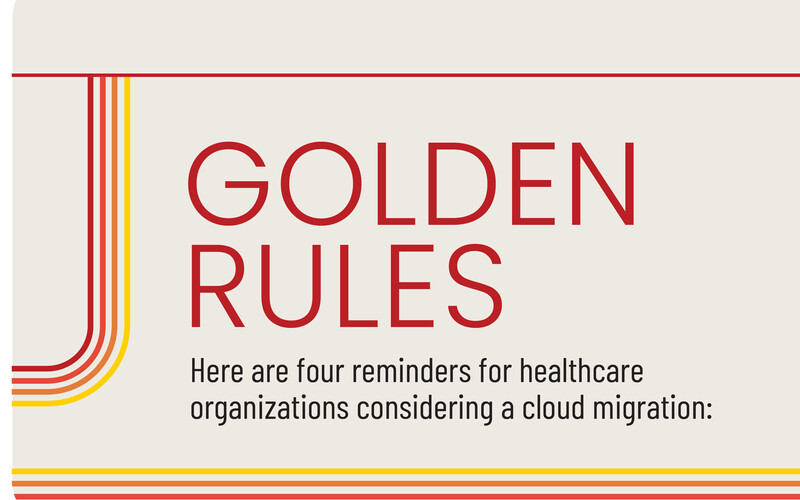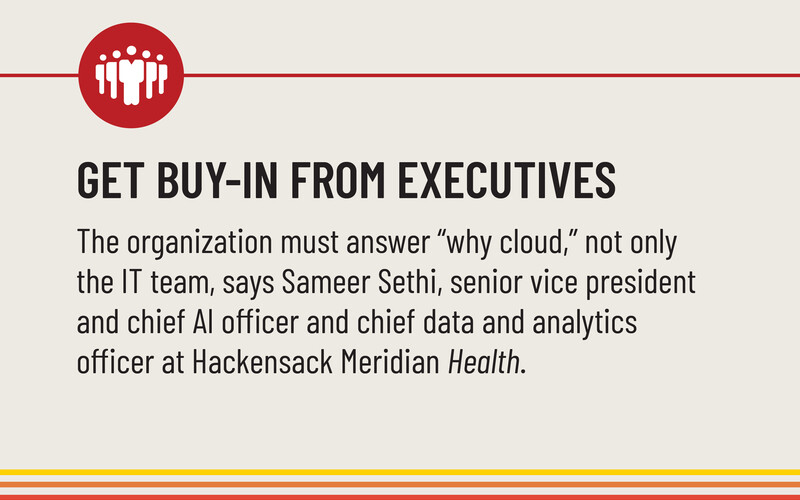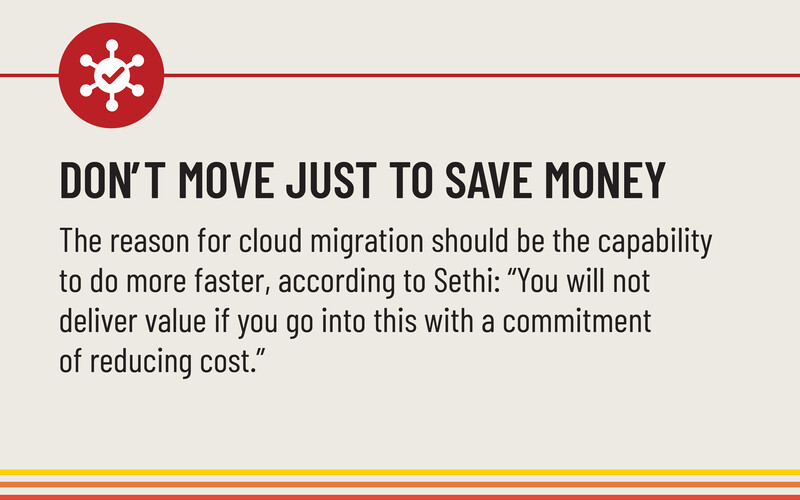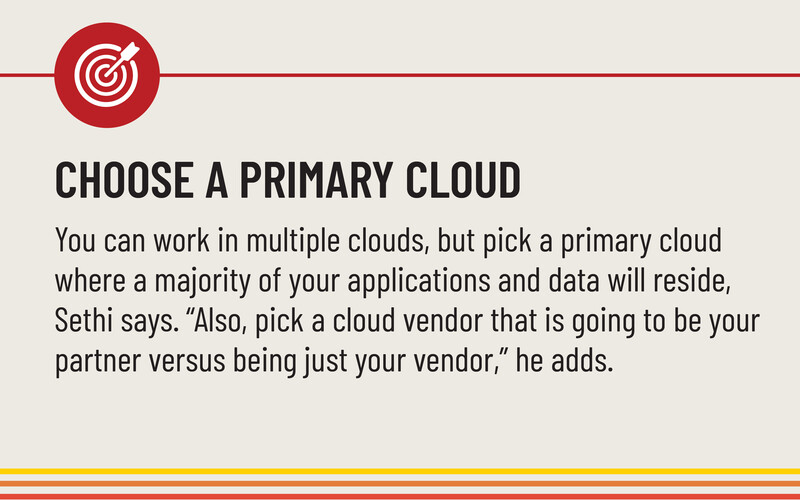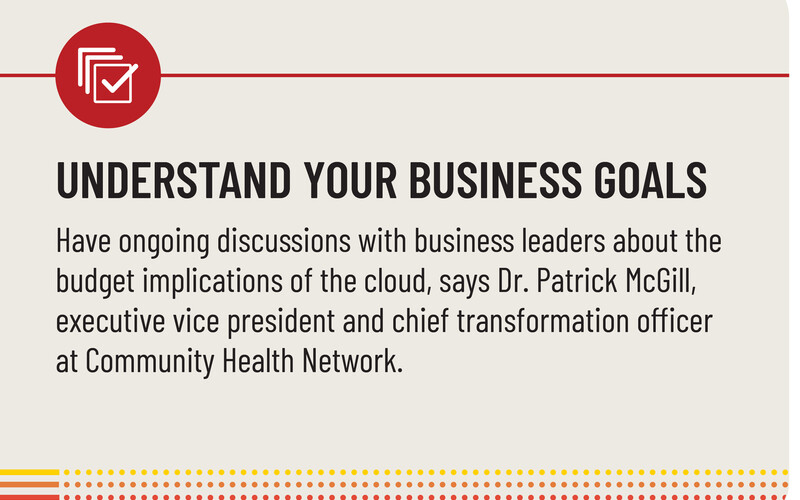Data can be found in abundance in healthcare, but understanding it and making sure it gets into the right hands at the right time remain high hurdles.
Interoperability is a persistent challenge, with 24% of healthcare organizations saying that systems don’t mesh well, leading to data silos, according to a 2024 Black Book Research report.
Providers struggle to keep pace with the exponential growth of data and issues around storage capacity, cost management, security and compliance. As they tackle applications featuring artificial intelligence (AI), an appropriate cloud model also becomes key to ensuring that everything is running as it should.
“I think cloud computing is really the base requirement in place because of the computational power and data storage that are needed to make this work at scale,” says Rema Padman, trustees professor of management science and healthcare informatics at Carnegie Mellon University’s Heinz College of Information Systems and Public Policy.
Infrastructure requirements for electronic health record (EHR) systems, provider order entry, front-end visualizations and medical imaging applications are steering providers to the cloud. “I think that performance and cost issues for this convergence are driving the need to move to a different type of platform,” Padman says.
Click the banner to discover how Google Cloud accelerates organizations' digital transformation.









